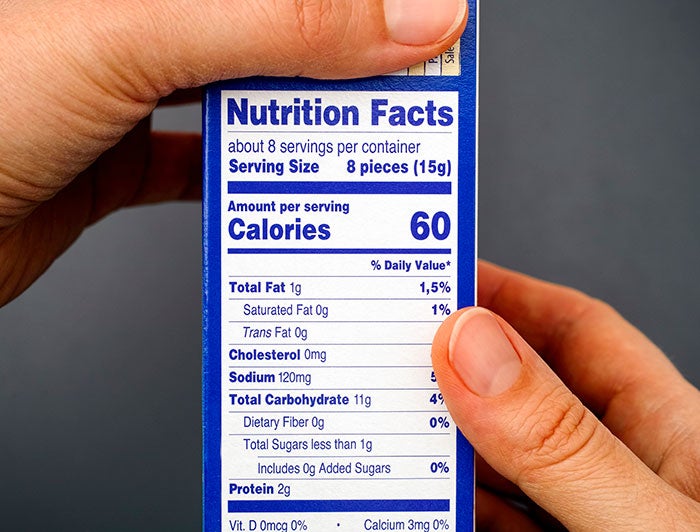Hospital shares tips for reading nutrition labels, making healthy choices
Baystate Noble Hospital
Westfield, Mass.

One of the most important choices people can make to improve their health is deciding what to eat each day. In a recent blog, Dina Dugan, clinical dietitian at Baystate Noble Hospital, explains that dietary habits directly influence “every organ in our bodies and can lead to or prevent chronic conditions, including heart disease and diabetes.”
Nutrition labels provide essential information to guide healthy choices. Thanks to improvements by the Food and Drug Administration, these labels are easier to understand. Dugan acknowledges that labels may seem overwhelming at first — with numerous numbers, percentages and terms — but notes that familiarity makes them a valuable tool for managing nutritional intake.
Key components of nutrition labels include serving size, calories and nutrient content. Serving sizes, updated in 2016, reflect typical consumption amounts and are listed in familiar units like cups or pieces. All nutritional data on the label is based on a single serving.
Calorie information — the first thing that many people notice on a label — indicates energy provided per serving. Dugan cautions that calorie needs vary by individual and not all calories are equal; that is, nutrient quality matters.
Nutrient content is shown as “% daily value” (%DV), helping consumers understand how a food fits into their daily diet. Foods with 5% DV or less are low in a nutrient; 20% or more is considered high. Dugan recommends limiting saturated fat, sodium and added sugars to 5% DV or less, while aiming for more foods higher in fiber, vitamins and minerals.

